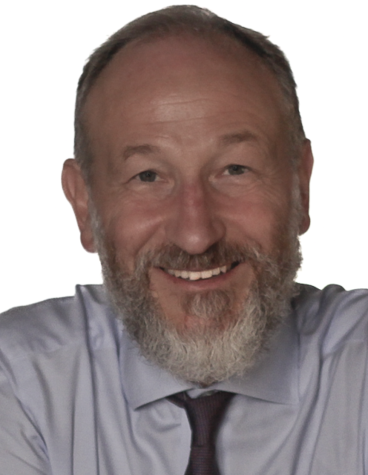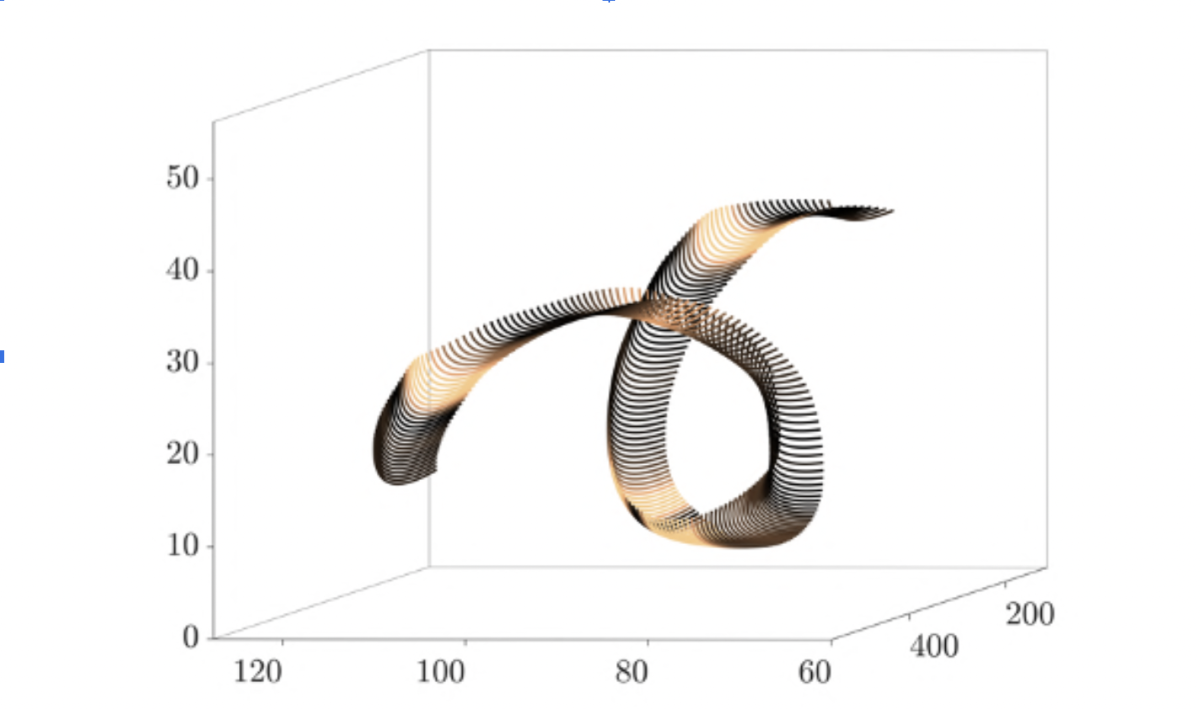Roger E.A. Arndt Fellowship Award Ceremony & Distinguished Lecture by Alfredo Soldati
Presentation of the 2023 Roger E.A. Arndt Fellowship
Distinguished Speaker: Alfredo Soldati, Professor of Fluid Mechanics at the Technische Universität Wien – TU Wien (Austria)
Title: Dynamics of complex particles in turbulence

Abstract: Turbulent flows with suspended anisotropic particles of non-spherical shape are a common occurrence in many industrial (e.g. paper making, pharmaceutical processing, soot emission) and natural processes (e.g. pollen species, icy clouds, and plankton and marine snow). The dynamics of small anisotropic particles is determined by velocity gradients and in turn by the smallest turbulence scales, and although we have a fundamental understanding on the dynamics of such turbulence scales, since no closed form of the drag on non-spherical particles is available, predictive understanding of the dynamics of anisotropic particles remains elusive. This insufficient knowledge is at the basis of our lack of predictive tools to describe anthropogenic oceanic pollution of plastic microfibers, which are elongated, anisotropic and of the order of the smallest scales of turbulence. In this talk, we will briefly review the models used to describe the dynamics of small ellipsoidal particles in turbulence, and then we will add a further complexity consisting on allowing the elongated particles to be slightly curved: this slight curvature will be instrumental in determining the complete rotational dynamics of the particles in turbulence. Experiments performed in the TU Wien Turbulent Water Channel will be presented elaborating on the full dynamics of small non- axisymmetric –quasi-straight to slightly curved – fibers. We will highlight the role of fibers curvature on spinning and tumbling rates and we will propose conceptual models and scalings laws.

Figure 1: Measurement of a non-axisymmetric fibre traveling close to the wall of a turbulent channel flow, represented here by the grey surface. Front view is shown. Fibre is colored according to the instantaneous tumbling rate ΩtΩt normalized by the mean value computed over the entire track |ΩtΩt| (From M. Alipour, M. De Paoli, and A. Soldati (2022) “Influence of Reynolds number on the dynamics of long non-axisymmetric fibers in channel flow turbulence”, J. Fluid Mech. 934, A18-27.)
About: Alfredo Soldati is a Professor of Fluid Mechanics at the Technische Universität Wien – TU Wien (Austria). The focus of the research of his group is on multiphase flows, and specifically on the fundamentals of turbulent dispersed flows of particles, bubbles, and droplets.
After his PhD in chemical Engineering at the University of Pisa (Italy), and a visiting appointment at UCSB (CA), Dr. Soldati became assistant, associate and full professor at the University of Udine. He has been guest Professor at EPFL (Switzerland), at INP Toulouse (France) and at Scuola Superiore Sant’Anna Pisa (Italy). He is fellow of the American Physical Society (APS) and of the European Mechanics Society (EUROMECH), the recipient of the 2007 Knapp award and of the 2015 Lewis F. Moody Award from the American Society of Mechanical Engineers (ASME), the recipient of the International Prize and Gold Medal Panetti–Ferrari, from Accademia delle Scienze di Torino, Italia, and is awarded the 2020 ASME Freeman Scholarship and Lecture. Dr. Soldati is currently part time professor at University of Udine, and he is the Rector of the International Center for Mechanical Sciences, CISM. Dr. Soldati is Co-Editor in Chief of International Journal of Multiphase Flow.
Award Recipient: Amy Tinklenberg, Aerospace Engineering and Mechanics at the University of Minnesota.

Abstract: Predicting the fall speed of frozen hydrometeors in the atmosphere is complicated by their unique geometries as well as by the air turbulence. Snowflakes and ice crystals often exhibit rimed branches resembling perforated shapes, which make them permeable to the air flow. This alters their wake dynamics in ways that have not been characterized in turbulence. As analogue to plate crystals, here we consider thin disks of 3 mm in diameter and compare geometries with and without perforations. These are dropped at controlled volume fractions into a large chamber generating a large region of approximately zero-mean-flow homogeneous air turbulence. Two turbulence levels are considered and contrasted with quiescent air conditions. The disks are imaged at 4300 Hz and their linear and rotational motion is reconstructed. Comparison of the solid and perforated disk behaviors in quiescent air shows that the perforated disks fall at a slower velocity than the solid disks. The perforated disks also fall more stably compared to the solid, which may either fall flat or tumble. In turbulence, both disk types experience a reduction in their average settling velocity, as compared to quiescent air, but the perforated disks are more mildly influenced by this effect.
About the recipient: Amy is a Ph.D. Candidate in Aerospace Engineering and Mechanics at the University of Minnesota. She works with advisor Filippo Coletti (ETH Zürich) and co-advisor Michele Guala (UMN). She experimentally investigates the settling dynamics of solid and perforated disks in both quiescent and turbulent air, aimed at better understanding and predicting frozen hydrometeor settling in the atmosphere. Originally from Minnesota, she received her Bachelor's in Mechanical Engineering from the University of St. Thomas (2019), followed by her Master’s in Aerospace Engineering and Mechanics from the University of Minnesota (2022).
